
Celebrating 7 years of The Narwhal — and gearing up for the next 7
Between a fresh take on engagement and our new life on video, our team is...
A southwestern Ontario First Nation has declared a state of emergency as levels of a known carcinogen spiked in local air. It comes as the community is still on edge from a month of high benzene readings, which led to the temporary shutdown of a plastics plant that Aamjiwnaang First Nation says is spewing large amounts of the cancer-causing chemical.
Aamjiwnaang declared the state of emergency April 25 to ensure resources would be in place to respond to the issue. Band members had already been told to avoid visiting outdoor recreation areas following the April 16 discovery of sky-high benzene readings that accompanied a wave of headaches and nausea for people both at home and working at the band office. The band office — closed for safety since then — is located directly across the road from a plant owned by INEOS Styrolution, located in the area of refineries and factories known as Canada’s Chemical Valley, spreading out of the city of Sarnia.
While factories like INEOS’ around Aamjiwnaang work away at manufacturing plastics, representatives from the First Nation were in Ottawa working to have their voices heard at negotiations for an international treaty to ban plastic pollution worldwide.
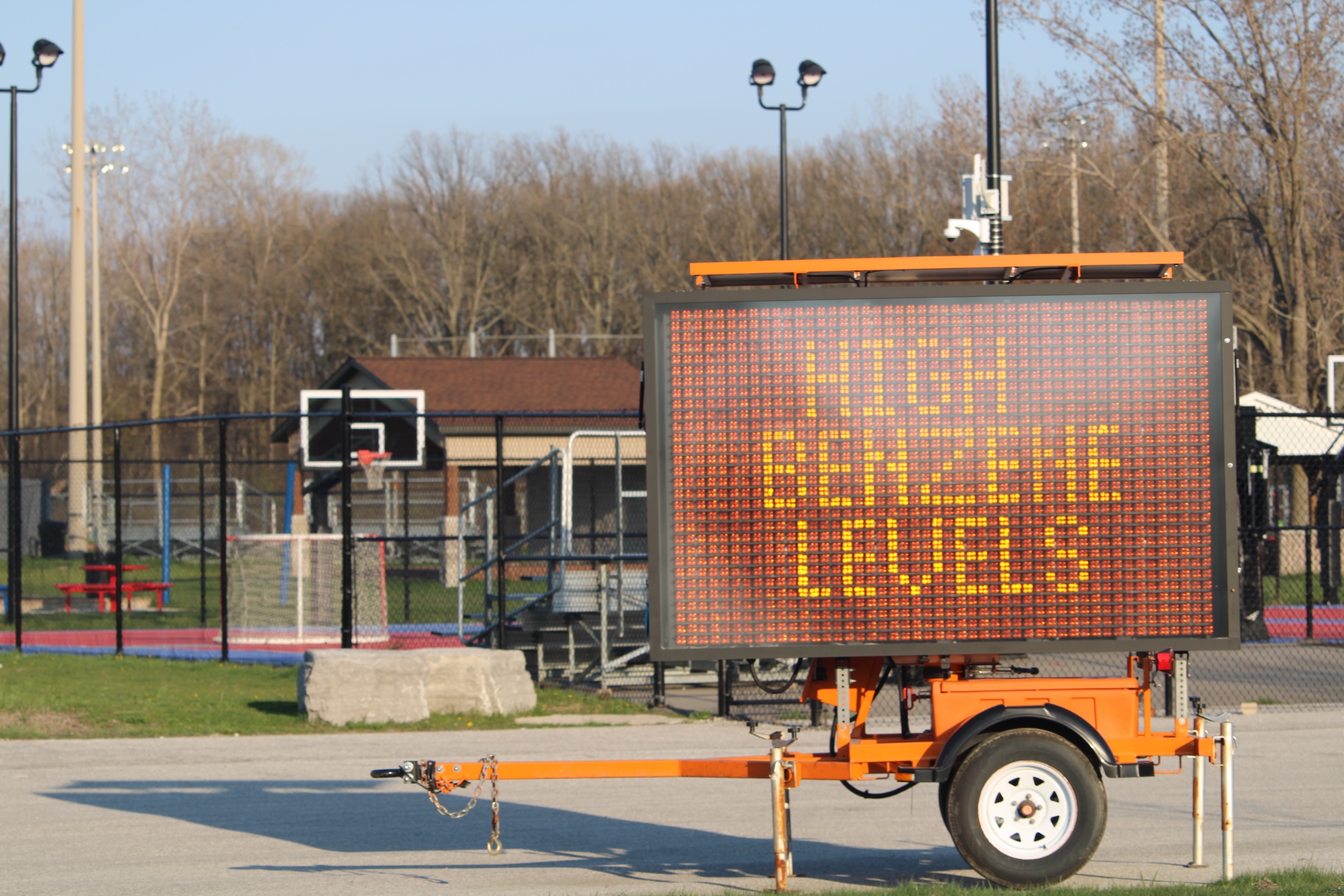
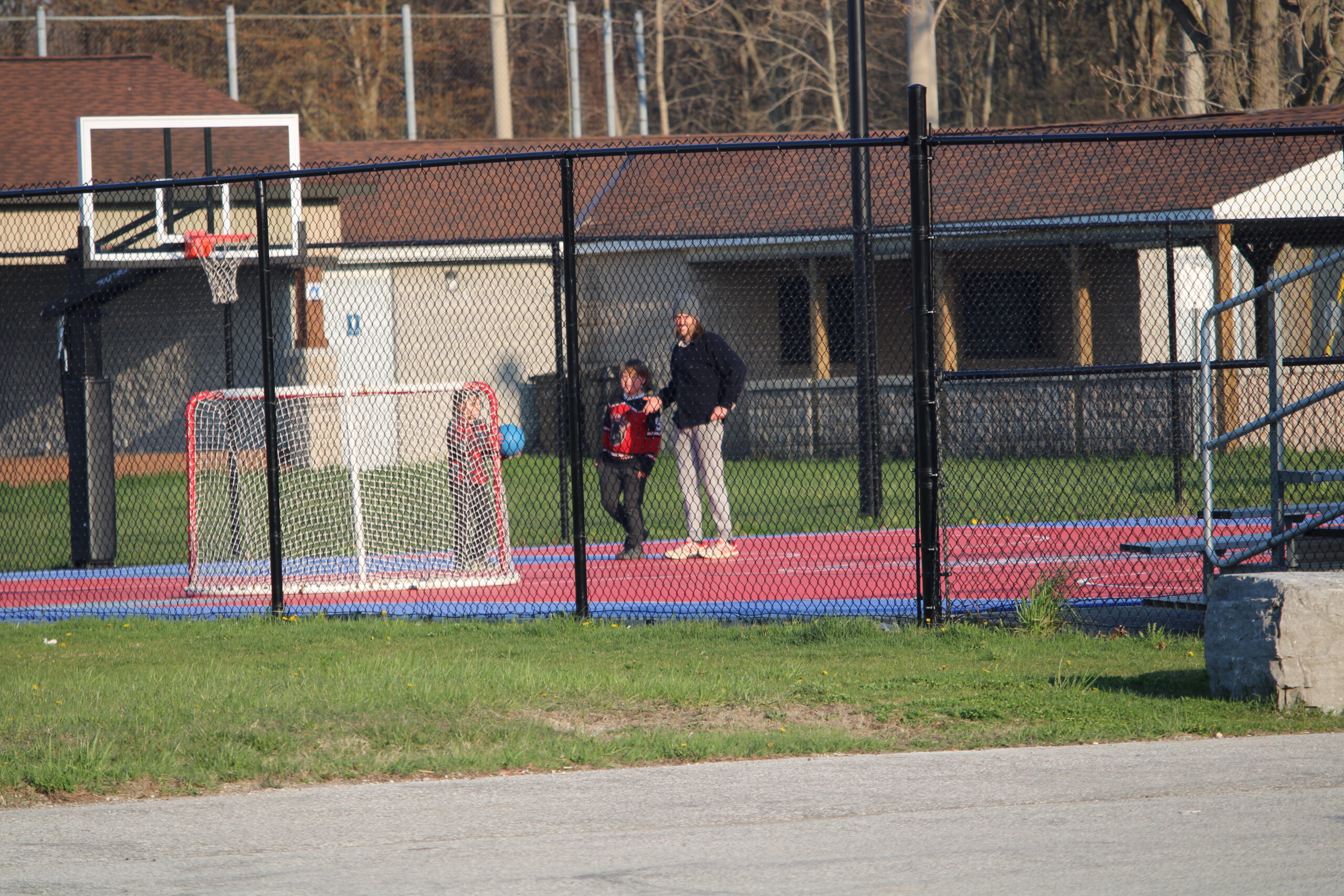
No warnings were given on April 16 when people in Aamjiwnaang first felt ill, when the province’s system had benzene readings far exceeding what is considered safe in Ontario. An industry-run local alert system, which often sends messages to advise of leaks or changes at the spaghetti-like masses of piping, flare stacks and massive chemical tanks at nearby oil refineries and chemical plants failed to note the apparent leak. Nor did any public warnings come from Ontario’s Environment Ministry, which operates the air monitoring system across the Chemical Valley.
Benzene levels exceeded safety guidelines for hours on April 16 at the band office air quality monitor, which displays results online. Hourly readings peaked at 115 micrograms per cubic metre of air, and the average concentration that day was 50 micrograms per cubic metre. If someone had breathed the air for 24 hours at that location, they would have been exposed to levels 22 times higher than the provincial safety guideline, set at 2.3 micrograms per cubic metre. The province warns on its website that air quality data is collected automatically and not finally verified.
The province issued a sweeping order to INEOS Styrolution last week which, according to reporting by Global News, required a written plan to reduce benzene levels by April 26, a system to notify the public when emissions exceed a new health benchmark in two weeks and the completion of an investigation into the apparent leak in a month.
The company said in a short statement that the temporary shutdown was meant to “perform maintenance and address a mechanical issue.” As of publication, INEOS had not responded to The Narwhal’s questions about the reason for the shutdown, what work would be done and when it would restart production.
Then the latest benzene spike occurred; another chapter in a long story about air pollution in Chemical Valley.
Last fall, a report Sarnia and Aamjiwnaang officials had been requesting for many years was finally published. Unsurprisingly, researchers working for the Sarnia Area Environmental Health Project found there were health risks to those living or working in portions of the Chemical Valley because of significant air pollution from the region’s plants and refineries. Here’s what you need to know.
While a sense of cautious optimism prevailed after the plant’s temporary shutdown was announced, Aamjiwnaang’s leadership reacted with renewed concern following the second spike.
The declaration of a state of emergency was issued because the “ongoing and excessive discharge” of benzene “requires a prompt, controlled and co-ordinated response by one or more agencies and is beyond the normal day-to-day capabilities of a community,” the announcement said.
Former Aamjiwnaang councillor Marina Plain told The Narwhal she is pleased by the shutdown news but worries about what will happen when the plant is restarted. She wants INEOS to meet with Aamjiwnaang band members in person to “share detailed information” about what actions the company will take to cut benzene emissions.
Meanwhile, Sarnia’s mayor has criticized the company for a lack of communication with both communities.
The collection of oil refineries and chemical plants in and around Sarnia and Aamjiwnaang began opening after North America’s first oil well was dug nearby in the mid-1800s — in a town aptly named Oil Springs. Refinery operations were later set up in Sarnia by the Imperial Oil company. Development took off during the Second World War, when synthetic rubber was produced for the Allied war effort. After the war, more companies started arriving and by the 1970s Sarnia was booming, boasting one of the highest standards of living in Canada. Development has slowed in recent decades.
Among the refiners and manufacturers still in operation in the Chemical Valley, INEOS Styrolution is a multinational company that produces the chemical styrene, used to make plastic products for automotives, electronics and construction, along with household items and medical devices, according to the company’s website. It has 16 manufacturing operations in nine countries, but this is the only one in Canada.
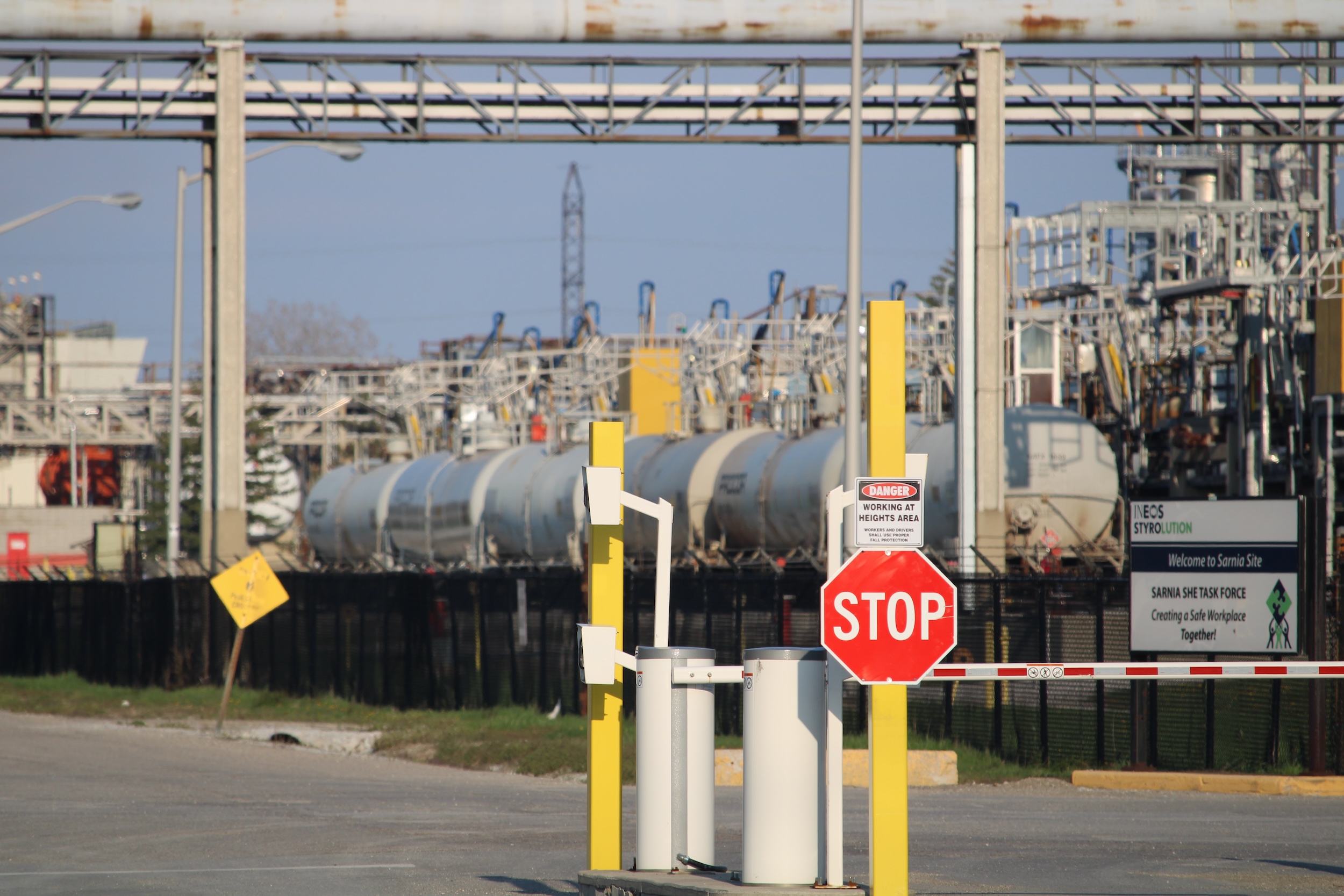
Air monitors have shown that, in general, Aamjiwnaang receives 30 times more benzene than Toronto and Ottawa, and more than 10 times as much as a city in California with a similar mix of heavy industry, Aamjiwnaang’s former environmental head Sharilyn Johnston said in a public presentation in 2021.
Benzene is a highly toxic air pollutant that is hazardous to human health at any level, according to Ecojustice scientist Elaine MacDonald. It is considered a carcinogen by Health Canada. The federal government says it can cause myeloid leukemia and acute non-lymphocytic leukemia in adults, and that there is growing evidence benzene exposure can cause leukemia in children. People in Aamjiwnaang believe air pollution has been killing their families for years. “We’ve lost so many people to various cancers and respiratory illnesses,” former councillor Plain said.
On Facebook last week, one person who said they were an Aamjiwnaang member whose family lived near the plastics plant for years recalled a sister with stomach cancer, a grandfather with leukemia and a mother with kidney cancer. “I wonder what kind of cancer is living inside my brother, sister and I, just waiting to take over our bodies,” the person, who did not respond to interview requests, wrote.
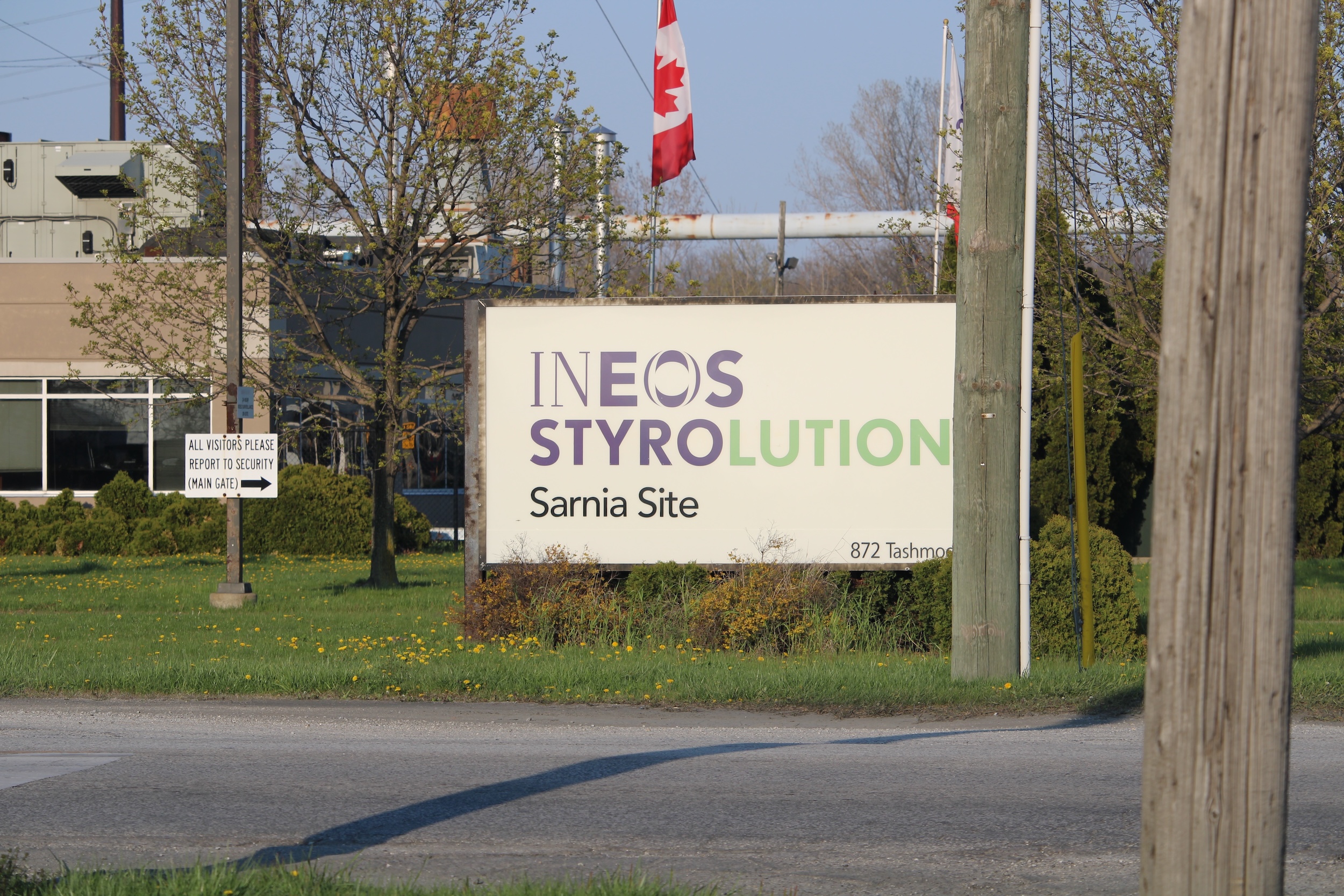
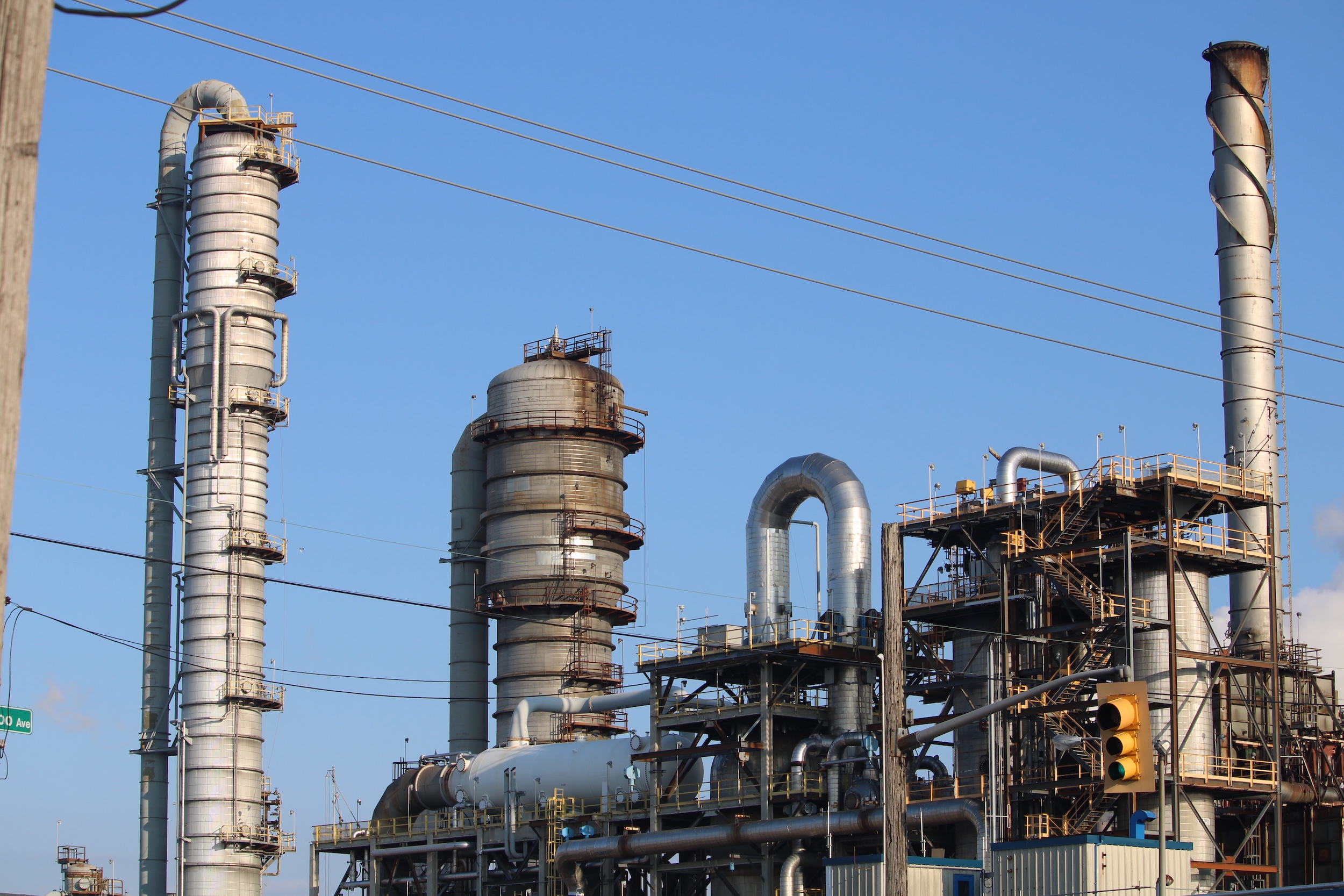
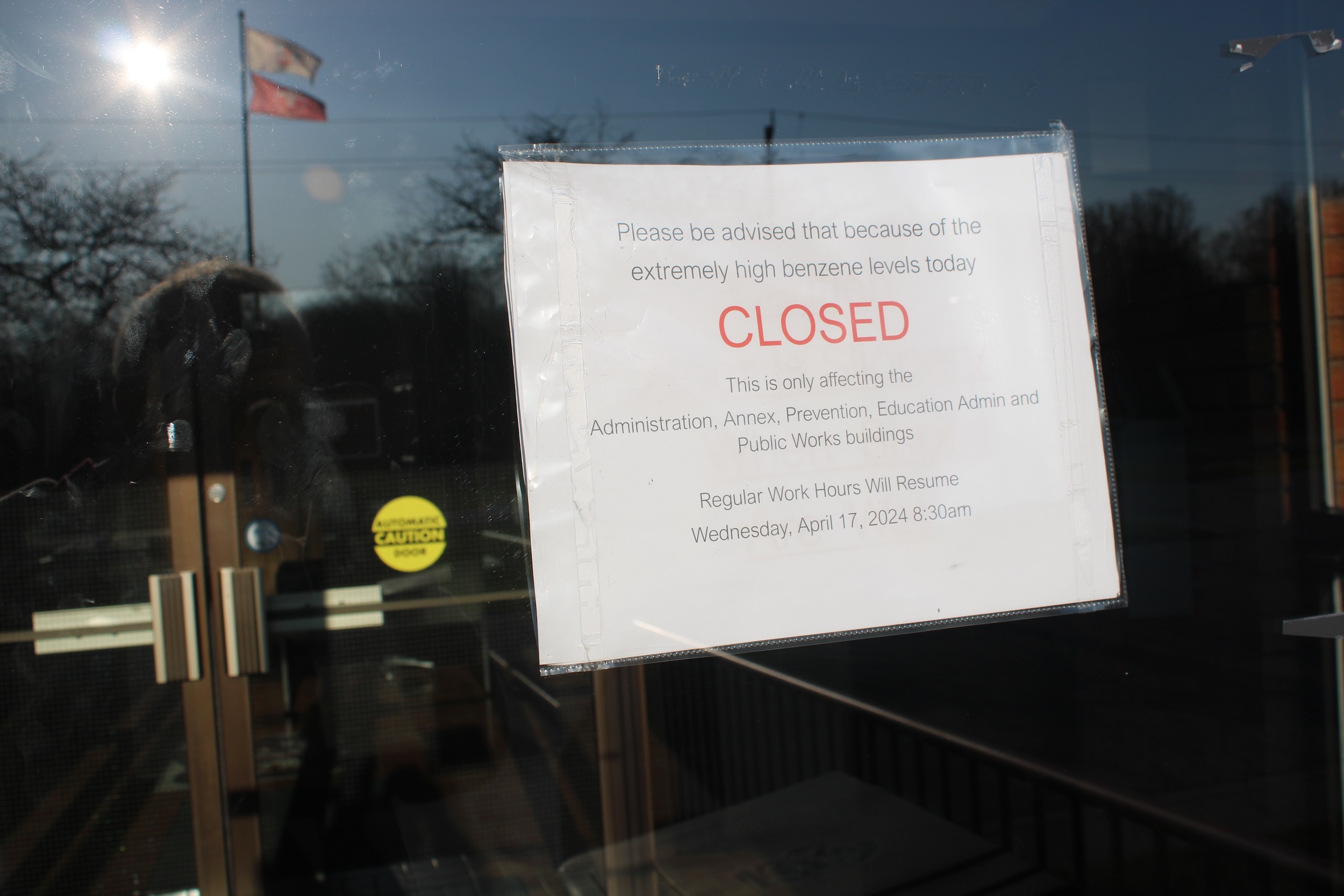
This most recent benzene release was especially concerning because children were in the nearby sugar bush the day of the apparent release, Plain said. A ceremony being held for a death in the community was cut short as well. When people started developing sore throats, nausea and other symptoms the morning of April 16, the band office was closed and employees told to work from home. The local hospital, Bluewater Health, told The Narwhal three patients went to the emergency department with headache and nausea symptoms due to “noxious exposure.”
While this closure means the story is making headlines again now, there’s nothing new about air pollution in Aamjiwnaang and Sarnia.
The provincial real-time air monitoring system was only introduced in the last 10 years, but Plain recalled community concern over air pollution as far back as 1989. Over the many years she sat on Aamjiwnaang’s environmental committee, benzene was always being discussed, she said.
In June 2023, Aamjiwnaang environmental consultant Scott Grant wrote an email to federal Environment Minister Steven Guilbeault and other politicians, which he shared with media. It said the provincial Environment Ministry refused to develop a benzene air quality standard for decades and that when a standard was finally implemented in 2016, the province continued to allow a single primary source of benzene emissions “to emit high levels of benzene with impunity.”
In 2019, the chemical was also cited as a risk to Aamjiwnaang in a study by Cancer Care Ontario and CAREX, a group of researchers and specialists that focuses on Canadians’ exposures to known and suspected carcinogens.
Frustrated with perceived inaction by provincial officials, Aamjiwnaang leaders took matters into their own hands in 2020. Claiming their own inherent jurisdiction, they issued a notice to INEOS for violating pollution regulations, with specific demands. Aamjiwnaang even considered serving a notice to the provincial ministry for not enforcing its own regulations, Johnston said.
Following the notice, “all of a sudden” the province ordered the company to get emissions from one storage tank under control, with a firm deadline, she said.
On receiving a list of questions about previous orders given to INEOS and next steps in addressing the issue, Ontario’s Ministry of Environment, Conservation and Parks said it “will not be providing responses for The Narwhal story.”
In late 2023, that long-awaited report from the Sarnia Area Environmental Health Project, funded by the Ontario Environment Ministry, confirmed what many suspected: benzene-laced air pollution is a serious problem in the area and it is putting people here at risk.
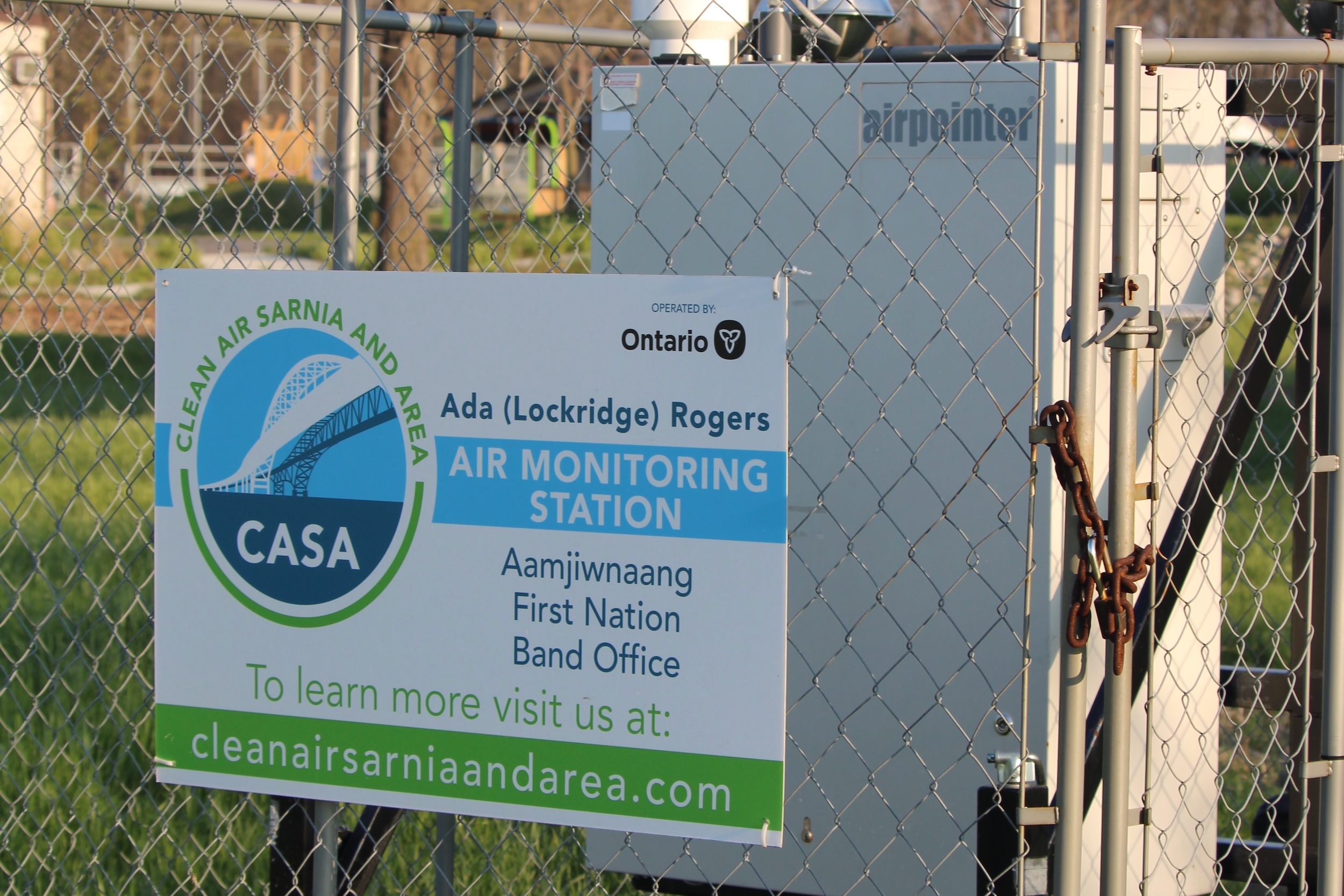
The report found that, along with those living in parts of Aamjiwnaang, the highest risk is faced by a good number of Chemical Valley workers. Facilities that use or produce the chemical exhibit short-term, one-hour “spikes” in benzene concentrations which may pose a short-term health risk, according to the report. The consultant concluded “these risks require further action to reduce ambient concentrations and protect human health.” (The consultant underlined the word ‘require.’)
The president of the local labour council is concerned for workers in Chemical Valley and Aamjiwnaang residents. “We feel that Aamjiwnaang is entirely warranted in calling for the shutdown of the facility to address the issue that has caused this sharp spike in emissions,” council president Nick Dochstader said in an email to The Narwhal. “While we represent workers and are keenly aware that these industries financially support our community and lifestyles, it should never be at the expense of anyone’s health.”
Dochstader also expressed concern about the lack of notification. Leaks should be communicated “honestly and in a timely fashion,” he stated.
The Aamjiwnaang offices remained closed last week after INEOS warned the public of possible further spikes in benzene levels during their shutdown process. On April 25, the same day the nation declared a state of emergency, INEOS said it was halting all on-site activity “for the time being.”
Updated on April 29, 2024, at 12:40 p.m. ET: This story has been updated to clarify that there have been more than two spikes in benzene levels in the air around Sarnia and Aamjiwnaang First Nation since early April. It has also been updated to clarify that the facility exceeded some provincial air quality levels that are guidelines and not regulated standards.
Get the inside scoop on The Narwhal’s environment and climate reporting by signing up for our free newsletter. On a warm September evening nearly 15...
Continue reading
Between a fresh take on engagement and our new life on video, our team is...

The public has a few days left to comment on Doug Ford’s omnibus development bill....

115 billion litres, 70 years to fix, $5.5 billion in lawsuits
